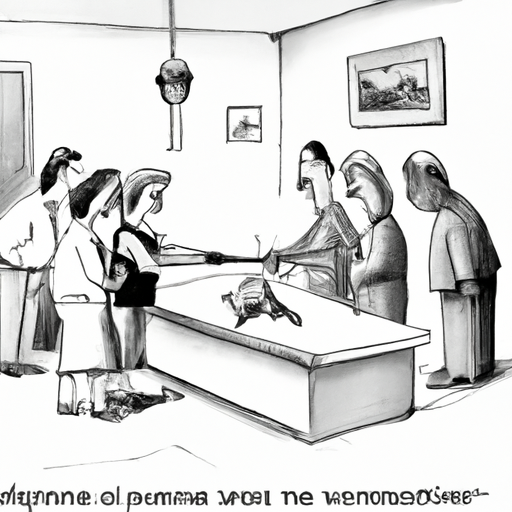When the time comes to say goodbye to our beloved canine companions, the process can be heart-wrenching. Euthanasia, a mercy killing to alleviate suffering, is often the most humane course of action for dogs in severe pain or suffering from incurable conditions. Here, we delve into the topic, focusing on the drugs used in canine euthanasia.
- Understanding Euthanasia
- Drugs Used in Canine Euthanasia
- The Euthanasia Process
- Coping with the Loss of Your Pet
- Frequently Asked Questions
Key takeaways:
- Euthanasia is used to end a pet’s suffering humanely.
- The most commonly used drug is Sodium Pentobarbital.
- The process is painless and peaceful for the pet.
- Pet owners should consider grief counseling to cope with the loss.
Understanding Euthanasia
The term euthanasia stems from the Greek words ‘eu’, meaning good, and ‘thanatos’, meaning death. It’s a process designed to end a pet’s suffering by providing a painless and peaceful passing. This is often the choice when a pet’s quality of life has significantly deteriorated due to illness or old age.
Drugs Used in Canine Euthanasia
The most frequently used drug for euthanasia in dogs is Sodium Pentobarbital, a powerful anesthetic. In large doses, it swiftly and painlessly ends the life of the animal by slowing the heart and lungs until they stop completely.
| Drug | Description |
|---|---|
| Sodium Pentobarbital | A powerful anesthetic that, in large doses, can cause death. |
Veterinarians may also use other drugs in conjunction with Sodium Pentobarbital, such as a sedative to calm the pet or a muscle relaxant to prevent spasms during the procedure. These are not euthanasia drugs per se but aid in making the process smoother and more peaceful for the pet.
The Euthanasia Process
The euthanasia process often begins with a sedative to help the dog relax. This is typically followed by the administration of Sodium Pentobarbital. This drug is usually injected into a vein, often in the dog’s front leg, and works quickly to induce a deep and painless sleep before ultimately stopping the heart. The process is designed to be as quiet, calm, and painless as possible for the pet.
For more detailed information about the euthanasia process, click here.
Coping with the Loss of Your Pet
The loss of a pet can be a deeply emotional experience. Grief counseling or support groups can be beneficial while dealing with the loss. It’s important to remember that it’s okay to grieve and that others understand your pain. You can find more resources on coping with pet loss at One Top Dog.
Frequently Asked Questions
-
Is euthanasia painful for my dog?
No, the process is designed to be painless. The dog is typically sedated first, and then the euthanasia drug causes them to fall into a deep, painless sleep. -
Is Sodium Pentobarbital the only drug used for euthanasia?
While Sodium Pentobarbital is the most commonly used drug, other drugs may be used depending on the circumstances and the vet’s preference. -
Can I be with my pet during euthanasia?
This decision often depends on the vet’s policy and the pet owner’s comfort level. Many pet owners choose to be present to comfort their pet during the process.
The decision to euthanize a pet is never easy, but understanding the process and the drugs involved can make it a bit less daunting. For more information on pet health and wellbeing, you can visit One Top Dog.



